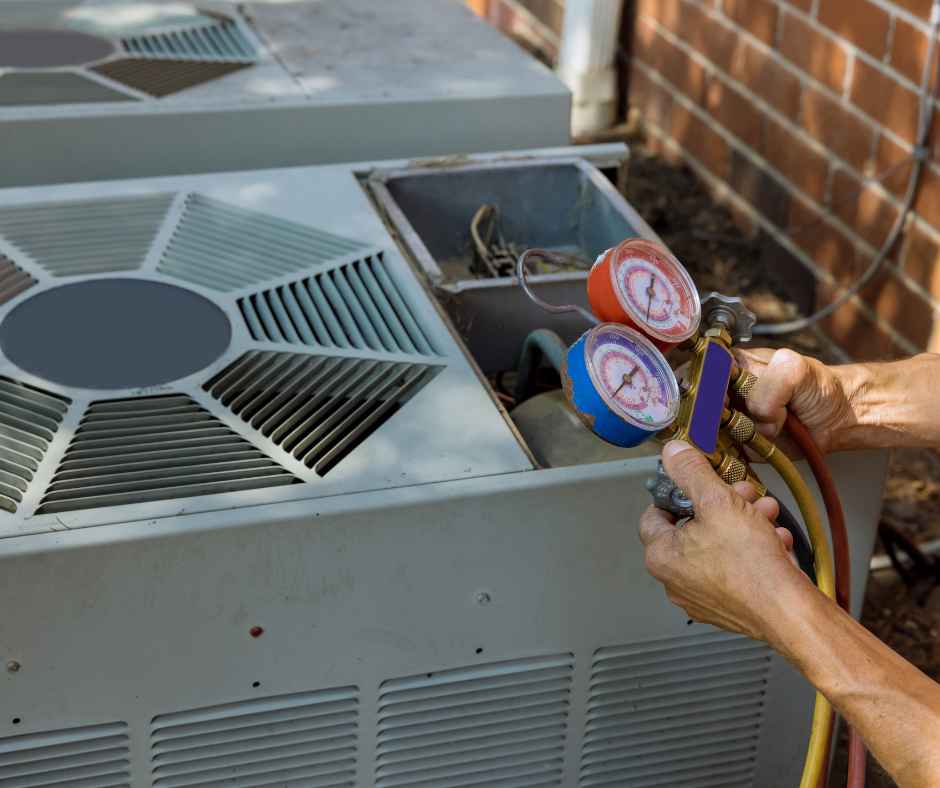Serving Douglas County & The Surrounding Areas
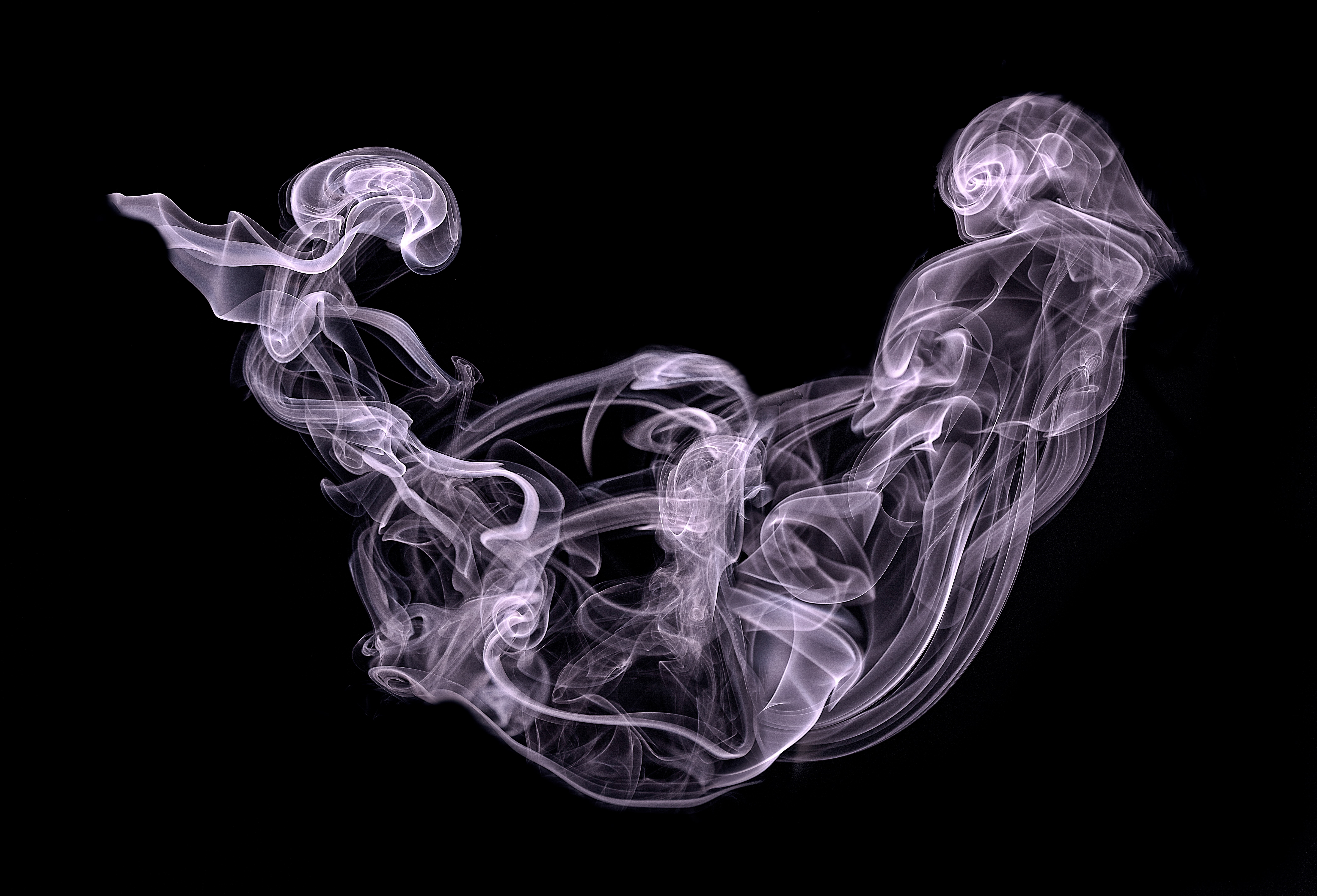
Is Your Furnace Leaking Carbon Monoxide?
How to Tell If Your Furnace is Leaking Carbon Monoxide and How to Prevent It
With the colder months upon us, now is the time to make sure your furnace is operating properly. One potential issue to be aware of is a leak in the system that could allow carbon monoxide to escape. This colorless, odorless gas can be lethal, so it’s important to know the signs of a problem and how to prevent it. Here’s what you need to know about carbon monoxide leaks in furnaces.
Many of the appliances in our homes use gas that is typically filtered safely out, but it can sometimes linger and lead to dangerous health risks. Carbon monoxide poisoning often goes undetected because it’s both odorless and colorless; this is why we need to know how carbon monoxide leaks manifest themselves so that any issues are quickly identified.
We’ll look at signs related to furnace leakage and tips for the safe installation of water heaters – helping you ensure your home remains free from potentially harmful levels of emissions.
Carbon monoxide is a colorless, odorless gas that can be deadly if inhaled
Carbon monoxide is a gas made from one carbon atom and one oxygen atom that stealthily creeps into our lives and homes, presenting a severe risk to human health. As an unseen menace, it is colorless, odorless, and tasteless – characteristics that make it difficult to detect without a dependable alarm system in place. Most concerning of all is that it can build up to hazardous levels without us even knowing.
This invisible killer can be produced by any fuel-burning appliance or motor vehicle, so vigilance about timely maintenance is crucial for avoiding poisoning. Furthermore, having detectors located throughout the house, especially near bedrooms and other places where people tend to congregate or spend uninterrupted time, will lower the chances of succumbing to this silent danger.
Signs of a Furnace Carbon Monoxide Leak
Carbon monoxide is a silent killer you can’t see or smell, but there are telltale signs like furnace leaks that may betray its presence. Be vigilant and take quick action if your home exhibits any of these potential warning signals – too much-delayed response could be fatal!
Homeowners should be aware of indicators that could suggest a gas or solid fuel appliance is leaking and not functioning correctly. These signs may include frequent pilot light blow-outs, soot accumulation in the fireplaces, smears of yellow/brown stains near appliances, duller than normal flames from their fires as well as noticeable smells like stale air and burning.
Watch out for extra condensation on windows around suspected faulty equipment or dangerous fumes emitting from the chimney – all requiring necessary steps to secure your home safely!
Symptoms of carbon monoxide poisoning include headaches, dizziness, nausea, and fatigue
Carbon monoxide poisoning is a serious threat to anyone in an enclosed environment. High concentrations of carbon monoxide can cause a person to experience some unpleasant symptoms, such as headaches, dizziness, nausea, and fatigue. If any of these are present in an enclosed space, it could mean that levels of this dangerous gas are quickly becoming hazardous to your health and should not be ignored.
Carbon monoxide detectors can help to alert you when dangerous levels are present, so having one installed in your house is highly recommended. Knowing the signs and symptoms of carbon monoxide poisoning can help protect yourself and others from the potentially lethal dangers that it poses.
Can a Dirty Furnace Filter Cause Carbon Monoxide Leaks?
Keeping your furnace filter clean is essential for safeguarding the heat exchanger and avoiding hazardous carbon monoxide leaks. It only takes a few moments to ensure that airflow remains unrestricted – simply check or replace the filter every 1-3 months. Doing so can prevent safety risks while ensuring optimal heating performance in your home!
How Do You Tell If Your Furnace is Venting Properly?
If you spot dampness on your windows or rusting of the surrounding grillwork, it’s an undeniable sign that moisture is accumulating inside and around your furnace—definitely not a good thing! This likely means there’s an issue with how its venting. Take this as a warning to get it serviced right away for optimal protection against potential damages.
How Do You Test a Furnace for Carbon Monoxide?
Carbon monoxide, generally odorless and colorless, can often go undetected until it is too late. Knowing the signs of a leak such as the smell of something burning or condensation on windows around your furnace may enable you to act quickly before things get worse. Professional technicians have electronic combustion testing instruments that they use to detect carbon monoxide leaks from various appliances – making their expertise invaluable in keeping us safe.
Should the Vent on the Furnace be Open or Closed?
It may seem like closing vents to save money is a good idea, but the cost of not keeping them open can be quite substantial; in fact, it can lead to costly repairs and dangerous carbon monoxide hazards. So keep those furnace vents wide open – your wallet and family will thank you!
If your furnace is leaking carbon monoxide, it could be a serious health hazard
Taking measures to prevent carbon monoxide poisoning is critical for your health, as this invisible, odorless gas poses a great risk. Carbon monoxide (CO) can be produced by furnaces, pool heaters, and several other devices that burn fuel. When your furnace is leaking CO, it is important to act quickly and take the right steps to keep your family safe.
First, you should turn off any fuel-burning devices that might be producing CO and call a professional heating technician to inspect your furnace and determine the source of the leak. You may even choose to install a battery-powered CO detector in order to give you increased protection from hazardous gas. Taking prompt action is key when dealing with potential carbon monoxide leaks, so don’t hesitate; to make sure everyone’s safety comes first.
If you suspect your furnace is leaking carbon monoxide, call a professional to have it checked out immediately
If you smell something pungent, hear odd noises coming from your furnace, or start to feel sick while in your home, it could be a sign that you’re dealing with carbon monoxide. Safety should come first, so if you have any doubt about your furnace, it is strongly recommended that you call a professional for an inspection. Carbon monoxide can build up without being detected and has been known to cause serious illnesses, so be sure to take the necessary preventative steps to protect yourself and your family!
You can also install a carbon monoxide detector in your home to give you peace of mind
Investing in a carbon monoxide detector is an excellent way to give yourself peace of mind that your family and home are safe. With the potential to be odorless and invisible, carbon monoxide is serious business – but with a dedicated detector installed in your home, you can rest easy knowing that if any dangerous levels of the gas were present, you will be alerted right away.
The installation process is relatively straightforward and, depending on your detector model, takes less than an hour and can provide years’ worth of protection. Perhaps most importantly, having a carbon monoxide detector in your home gives you confidence that if any level of the gas reaches unsafe thresholds – even whilst sleeping – then you will be presented with an early warning.
Tune Up your furnace with Patriot Pros
It is critical to take precautions against carbon monoxide poisoning. If you start noticing any of the symptoms of carbon monoxide poisoning, or if your furnace is leaking, call a professional right away.
Installing a carbon monoxide detector in your home is also an excellent idea to ensure that your family’s health and well-being are secure. Keep these tips in mind and make sure that you stay abreast of the latest developments concerning furnace maintenance and safety to keep your home warm and safe all year round.
Furthermore, be sure to share these life-saving pieces of information with friends and family members who would benefit from knowing more about hazardous threats like carbon monoxide leakage. Education is key to preventing serious health issues caused by negligence when it comes to furnace maintenance.
Recent News

Snow, Freeze & Thaw: How Colorado Winters Stress Your Plumbing
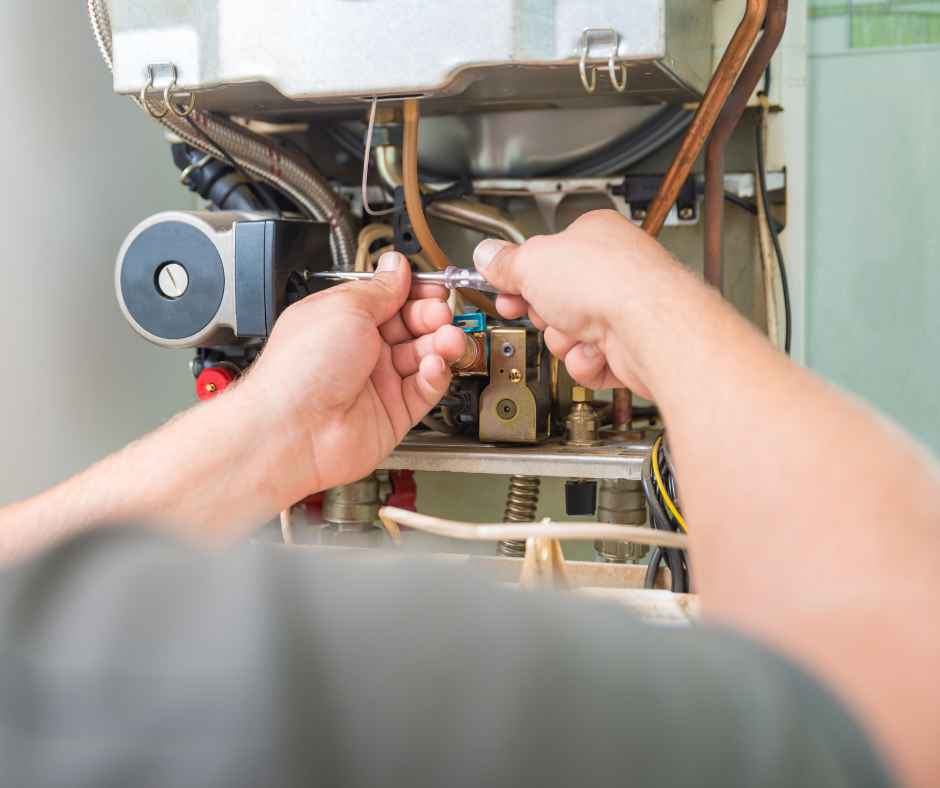
Emergency Heating Repairs: What to Do If Your Furnace Fails During a Colorado Snowstorm
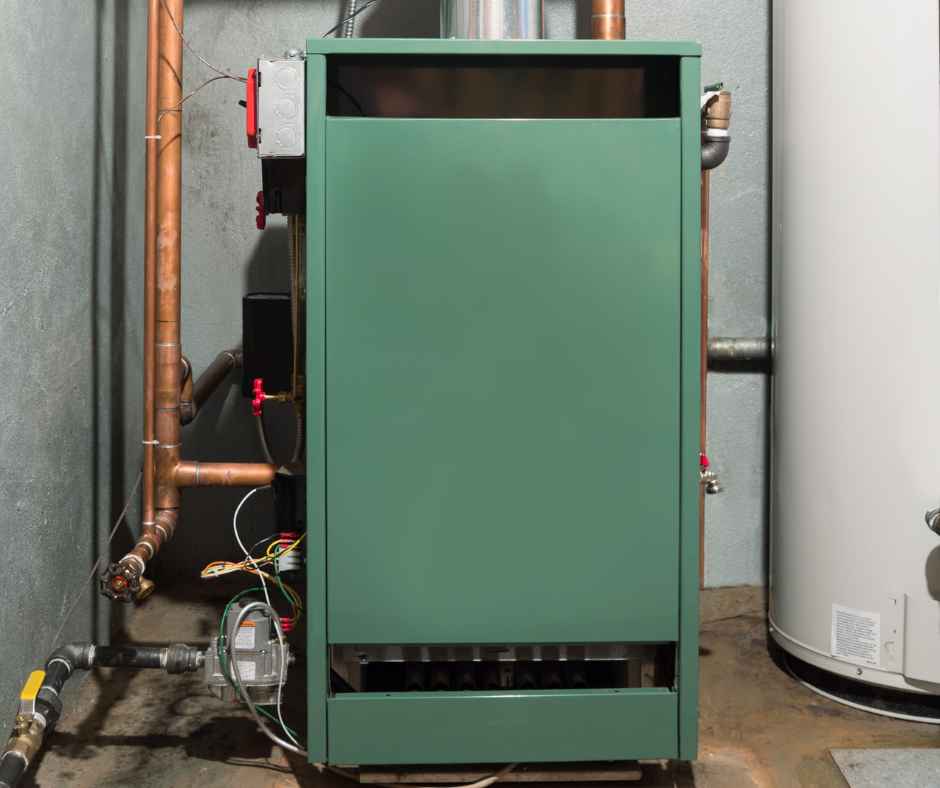
Comparing Heating Options for Colorado Homes: Furnace vs. Boiler vs. Heat Pump
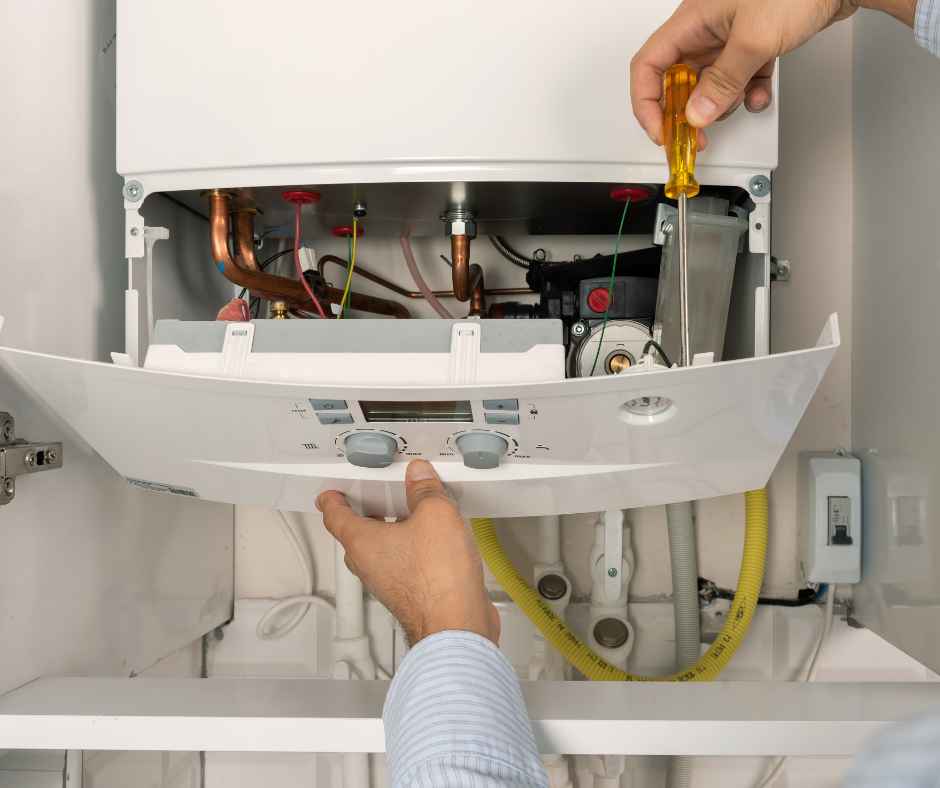
The Ultimate Fall & Winter Boiler & HVAC Maintenance Checklist for Castle Rock Homes
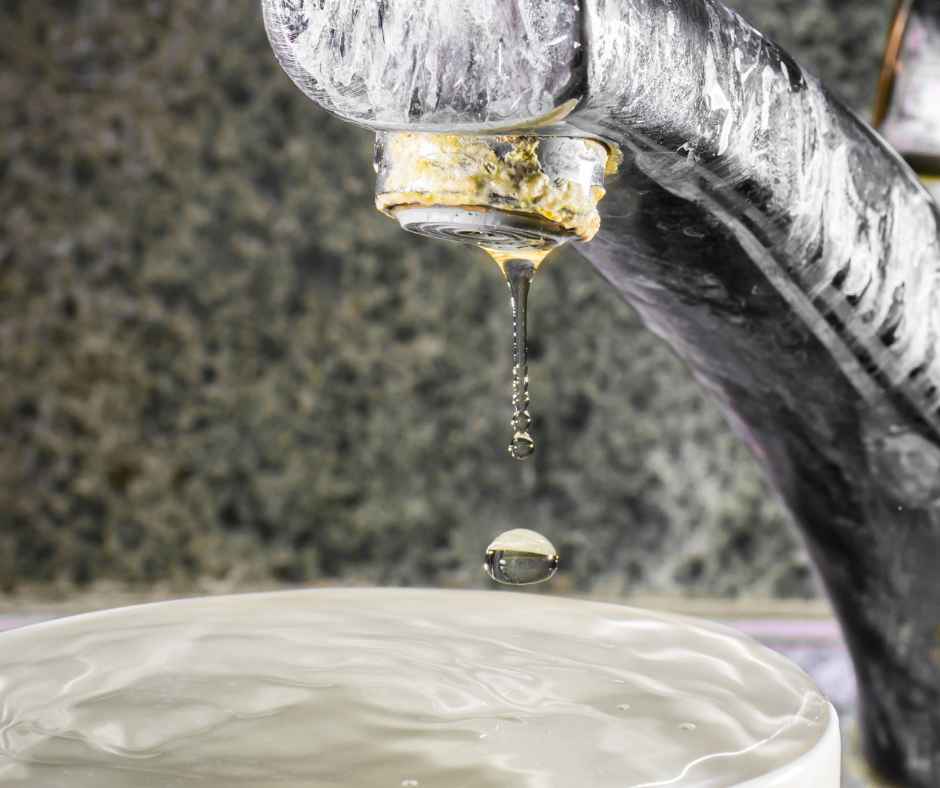
How to Choose the Right Water Filtration System for Colorado’s Hard Water
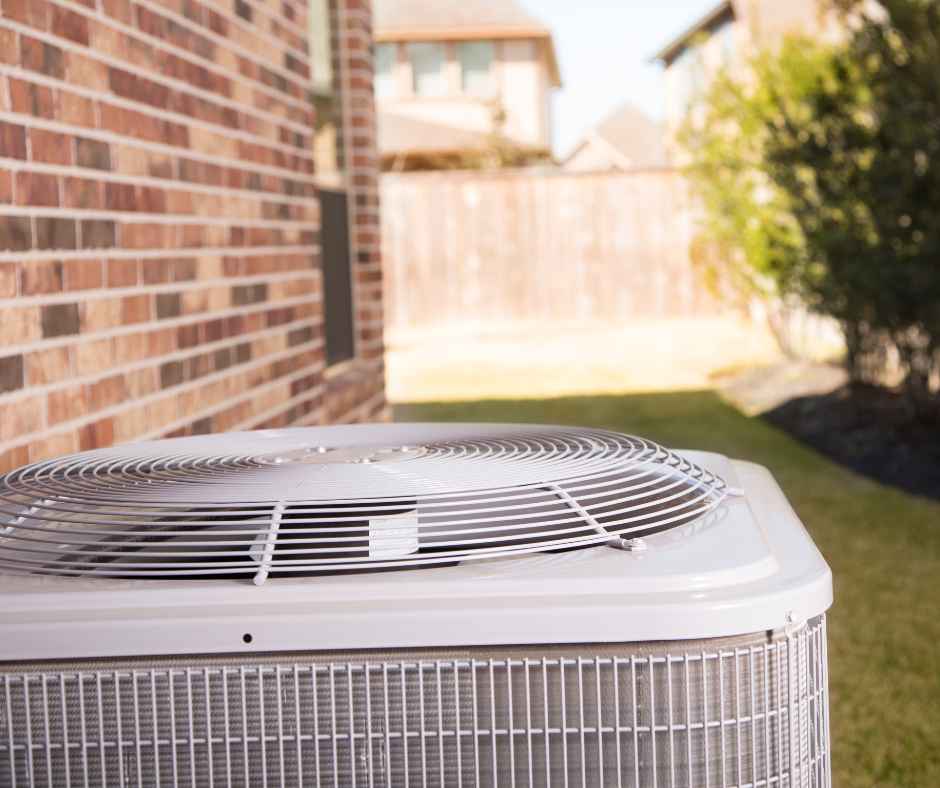
Maximizing AC Efficiency in High Altitude: Denver’s Summer Cooling Guide
